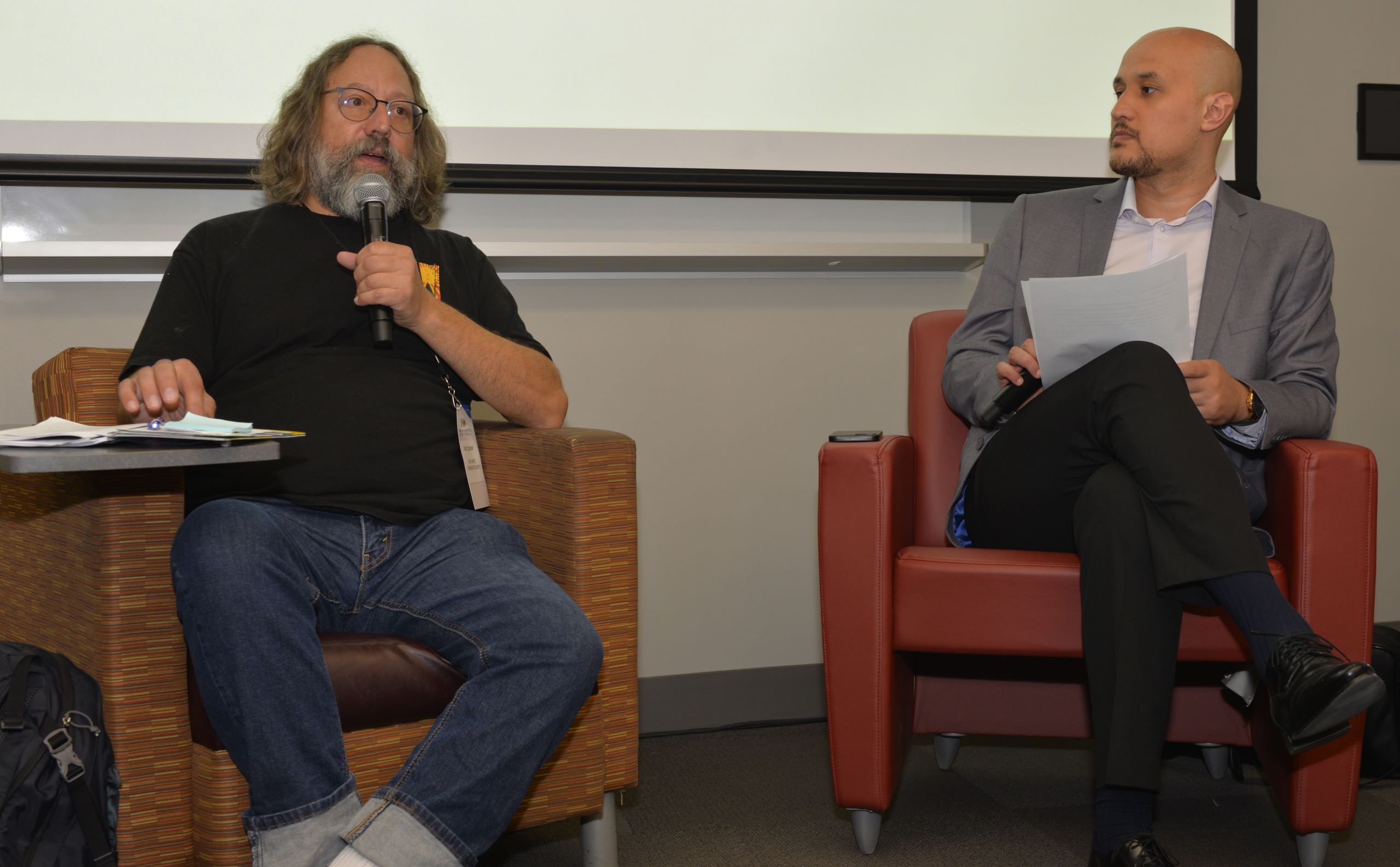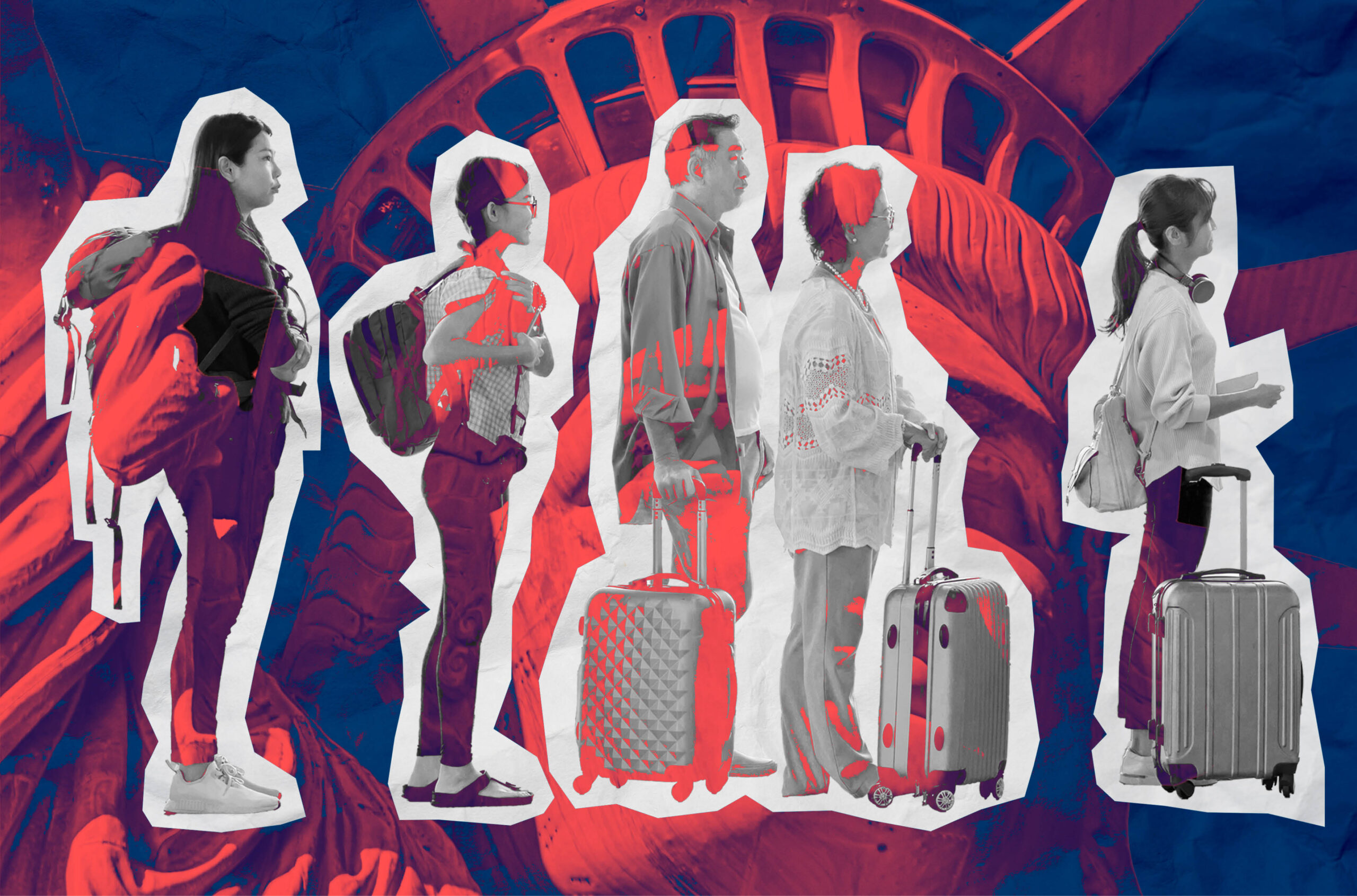Contracting out ancillary services shifts costs from universities to communities, report says
CUPE finds that 84% of postsecondary institutions now use private companies to provide some or all food services, while the rate is 61% for custodial services.

Changes brought to bear on university food and custodial services due to the pandemic highlight the costs of contracting them out, says the Canadian Union of Public Employees (CUPE).
The union, which represents some 700,000 workers across the country, recently released a report on the subject. It shows that shifting to private companies for these services results in lower wages for workers, less union representation and reduced access to pensions, sick leave and other benefits. This shifts costs onto communities, particularly to people who are already vulnerable and marginalized, the report says, noting that workers in food and custodial services are more likely to be women, Black or racialized, or newcomers to Canada.
“When we have people that aren’t paid a living wage or don’t have the sick days they need – and we see in the pandemic the importance of sick days – it can have real impacts on our communities and community health,” said Emma Lui, a senior research officer with CUPE. “Yes, it’s cost saving for the university, but the other end of the equation is that workers are bearing the cost and, actually, our communities are bearing the cost.”
The report found that a majority of in-house workers were being paid at or above the living wage for their region, while a majority of contracted-out employees were earning wages below the living wage. “I was surprised at how stark the numbers were in terms of the wage gaps, and that all in-house workers had pensions, versus only half of contracted-out food services had some sort of retirement plan,” said Ms. Lui.
The report also says that nearly all in-house workers are represented by a union, compared to one-third of contracted-out food services and 52.6 per cent of contracted-out custodial services.
In Quebec, contracted-out custodial workers fare better than their counterparts in the rest of Canada with significantly better wages, according to the report. Part of the reason is that two provincial decrees set a minimum wage for custodial staff in public buildings, regardless of whether their employer is public or private. Inequities remain between in-house workers and contracted-out employees, the report says, but they’re significantly less than in the rest of Canada.
‘Why now?’
While the findings aren’t particularly new, the context has changed, said Claire Polster, a University of Regina professor who has been studying the corporatization of universities for over 30 years. “I was thinking, ‘Why now?’ and I think that part of it really has to do with the moment that we’re in with COVID,” she said. “There’s renewed appreciation for the work that frontline workers do, as well as the frequent mistreatment of frontline workers – so I think it’s a good moment to be bringing this up.”
“Right now, a lot of universities are in even worse financial straits than they have been,” she added. “They may be looking for more savings in ancillary services – and not just food services, but recreation, housing, etc.”
While the report highlights the impact on workers and the broader community, it misses the impact on the university community itself, said Dr. Polster. “When you have contracted services out, there is very little say and control among all members of the institution,” she said. “What this might mean is, if people on your campus want to transform your campus, say to make it more sustainable, or linked into local food providers, or you don’t want plastic bottles or whatever it is your community wants, you lose your control because of these contracts.” She said, “it’s a real narrowing of opportunity.”
What to do
The report provides five recommendations that apply to both postsecondary institutions and government: stop the privatization of services at postsecondary institutions and bring workers back in-house; increase federal and provincial investment in postsecondary education, with conditions attached for wages and working conditions; expand successorship rules to cover outsourcing and contract-flipping (where a contract is retendered to a new company and existing staff lose employment, benefits, seniority and union certification); make it easier for workers to unionize by implementing card check certification (a one-step certification process as opposed to a two-step ballot model); and set the minimum wage at a living-wage level, as well as legislating paid sick leave for all workers.
The first recommendation was at least partially undertaken by the University of Toronto in 2016, when it took over food services that had previously been contracted out to Aramark on its campus in downtown Toronto. “The change was made to provide more control over an important student service and to increase the amount of fresh food prepared on the St. George campus” after several years of planning, a U of T spokesperson said in a written statement.
Simon Fraser University is also considering bringing some services in-house. Last year, SFU hired Deloitte to undertake an analysis of in-house versus contracted-out cleaning and food-service options for the university. “We appreciate and understand the desire to improve working conditions for workers in the SFU community,” said a spokesperson for the university. “Whether those employees are in-house or contracted, SFU is committed to ensure all workers are treated fairly,” they said. The university is currently reviewing Deloitte’s study and developing recommendations.
While some institutions have, or are considering bringing some food or custodial workers back in-house, more institutions than not are contracting out these services. The report says 83.7 per cent of postsecondary institutions have contracted out some or all food services, while 61 per cent have contracted out some or all custodial services.
“I think there aren’t too many alternative visions right now because this has become, for many people, normal,” said Dr. Polster. “People have had no experience with something different, and the ability to imagine different things, let alone put them into place, is really curtailed. I think we need time and space and opportunity to reimagine doing things differently and the corporate university increasingly just takes those away – and COVID of course hasn’t done us any favours either.”
A Statistics Canada study released in August 2021 estimated that the pandemic may have cost Canadian universities between $438 million and $2.5 billion of projected revenues in 2020/2021. It noted that while provincial funding has been the main source of revenue for Canadian universities, it has declined as a percent of total revenue over the last two decades. The result has been an increased reliance on tuition and ancillary services revenue, which have been particularly vulnerable over the least two years.
Featured Jobs
- Veterinary Medicine - Faculty Position (Large Animal Internal Medicine) University of Saskatchewan
- Canada Excellence Research Chair in Computational Social Science, AI, and Democracy (Associate or Full Professor)McGill University
- Business – Lecturer or Assistant Professor, 2-year term (Strategic Management) McMaster University
- Psychology - Assistant Professor (Speech-Language Pathology)University of Victoria
- Education - (2) Assistant or Associate Professors, Teaching Scholars (Educational Leadership)Western University












Post a comment
University Affairs moderates all comments according to the following guidelines. If approved, comments generally appear within one business day. We may republish particularly insightful remarks in our print edition or elsewhere.